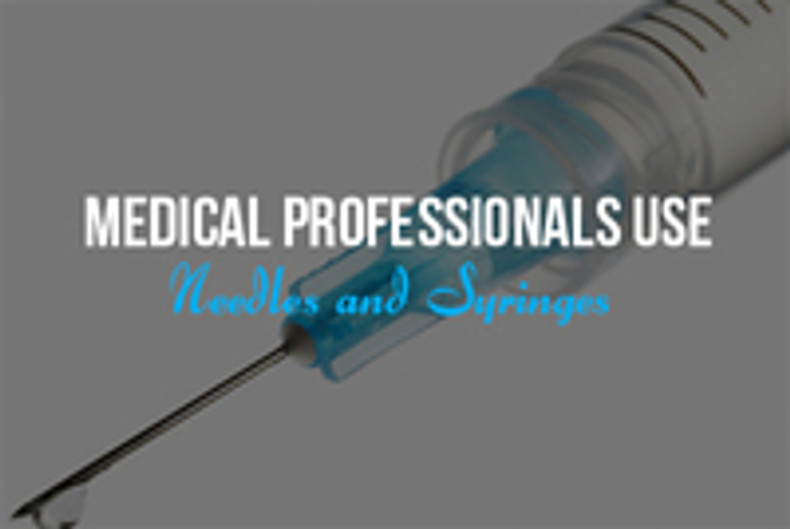
Understanding the Key Parts of Needles and Syringes
Every day, physicians, dentists and other medical professionals use needles and syringes to perform common medical tasks. More than once a day, a Type 1 diabetic relies on a needle and syringe to make sure they receive the insulin they need. It is important that everyone involved understands the basics about this piece of equipment including its basic components and design.
Basic Components
A hypodermic needle is also referred to as a hypodermic syringe. It consists of four basic parts. These are the:
- Barrel
- Plunger
- Needle
- Cap
These four basic components are an integral part of every hypodermic syringe, no matter what the design.
Barrel
This is the part of the needle into which the fluid is either injected or withdrawn. The barrel is of a variable width. It may be wide and short. Designers can also make them thin and long. In all cases, the end of the barrel containing the actual needle is generally tapered.
Plunger
 This is moveable component located within the barrel designed to create a vacuum to draw out or in the fluid. The traditional type consists of a long, straight piece of plastic tubing featuring a plastic handle at one end and a rubber or plastic plunger head on the other. This head sits tightly against all sides of the barrel of the plunger. This creates an airtight seal
This is moveable component located within the barrel designed to create a vacuum to draw out or in the fluid. The traditional type consists of a long, straight piece of plastic tubing featuring a plastic handle at one end and a rubber or plastic plunger head on the other. This head sits tightly against all sides of the barrel of the plunger. This creates an airtight seal
A variation of the basic design is a single plastic tube. It is hollow inside. It has one advantage over a traditional needle and syringe combination. If the fluid within the plunger is sticky, it will not create situation where the rubber or plastic tip of the plunger will detach itself. A plastic tube hollow plunger is often a better type of syringe for repeat usage.
Needle
The needle is hollow allowing the transfer of fluids either into or out from the body. This happens when the medical professional pulls back or pushes in the plunger. The plunger will draw in or expel the fluid into or from the needle. A needle must be hollow to be able to do this. The length of the needle will vary according to the depth the needle must penetrate to receive or deliver the fluid. The needle may also be thin or wide.
Needles may also be permanent fixtures to the needle and syringe or it may be removable. The latter makes the needle suitable for various uses.
Cap
This simple device has one purpose. It fits over the needle to provide protection.
The designs of the needle and syringe combination vary. While all may feature the same components, these can and do vary in specifics such as size and shape. It is necessary to know what type of needle will best serve your needs. Talk to your doctor to be certain the choice you make is the right one.

